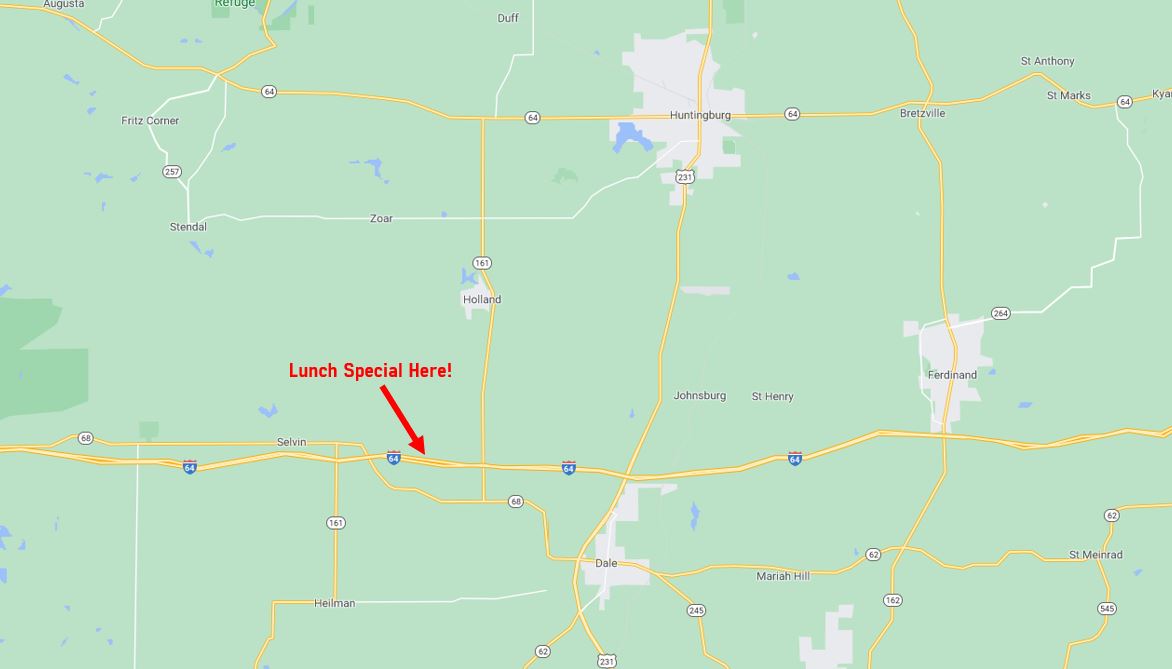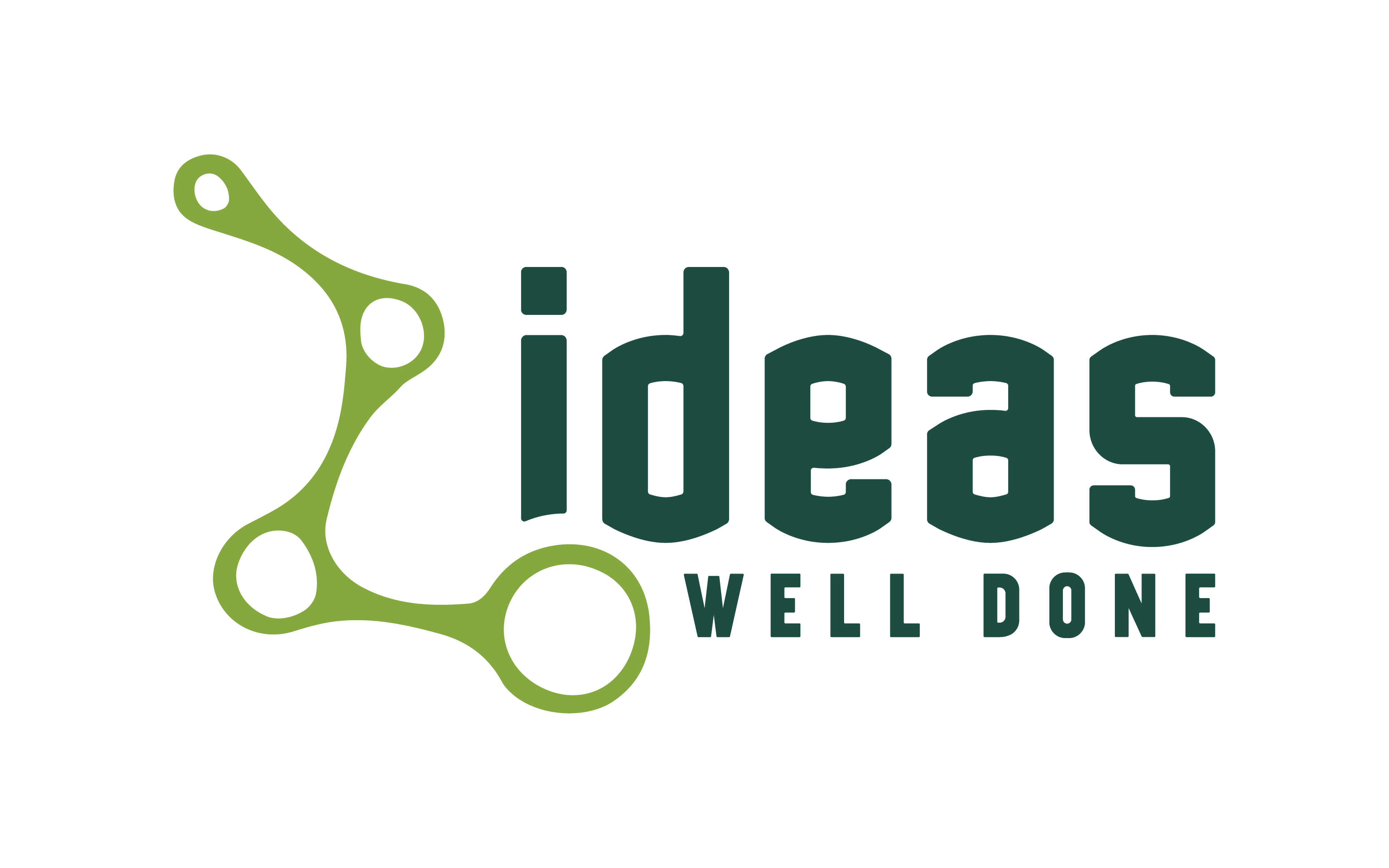Who uses geofencing for restaurants?
In the Quick-Serve Restaurant industry, perhaps the most famous use of geo-fencing was Burger Kings Whopper Detour conquest advertising campaign vs. McDonald's. A 'conquest' campaign is designed to take customers from a direct competitor. In this case, the areas that were geofenced were actually competing McDonald's branches.
The results of this restaurant geofencing program were impressive.
From a recent article in MarketingDive, "The fast-food giant in December 2018 pushed its efforts to new heights with the latter...it relied on mobile geofencing to steer customers away from McDonald's and promote the order-ahead features of Burger King's recently redesigned app.
People who went within 600 feet of most McDonald's locations Dec. 4-12 were delivered a mobile notification offering a Whopper for one cent. After they placed an order, the app directed them away from McDonald's and toward the nearest Burger King outlet to retrieve their food.
"Whopper Detour" drove more than 1 million app downloads within just a few days of the campaign's launch, later drumming up 1.5 million downloads overall."
You can read more about this restaurant geofencing strategy in MarketingDive here.
Both businesses and consumers use geofencing for restaurants.
Let us first discuss the world without geofencing for restaurants. A business, for example, could decide to send a notification of a free beverage with the purchase of any meal. Remember, time and location are everything. If you send a customer a lunch special at seven o’clock at night, it would just be annoying. The same would be true if you offered a discounted breakfast to a customer who was 200 miles away from your closest location. Eventually, all your efforts to market to your customer become signal noise.
What if instead, your objective was to help the customer with geofencing for restaurants?
Here is what makes geofencing for restaurants special. Imagine a business is located directly off an interstate highway exit. A fence could be set up to capture traffic on the highway 10 miles north and 10 miles south. Between the hours of eleven in the morning and one in the afternoon, the business sends a pop-up notification to all customers with their app who drive that stretch of highway, at the time when they are most likely looking for lunch. The customer may have been struggling to decide where to go because there are so many options, or because they had not researched the area before. Geofencing for restaurants has just made their life easier by giving them the answer.
Taking this even a step further, an app can track customer habits such as a meal they typically order. This same pop-up could lead to a recommended order based on previous visits. The customer could simply select this order. With just one click, lunch will be ready when the customer arrives at the restaurant.
Why do QSRs need geofencing for restaurants?
As discussed in the previous section of this article, geofencing for restaurants is a huge win with the customer. It allows businesses to help their customers make informed decisions. What about the business? How does it help them?
In the last example, we discussed how the customer app with geofencing for restaurants could recommend a meal option for the customer. If the recommendation is correct and the customer can place the order with one click, then the likelihood that they order in advance of arriving at the restaurant has improved significantly. Imagine if a restaurant had an extra five to ten minutes to plan a meal in the production line? Using geofencing for restaurants and receiving a mobile order would allow the kitchen to know they are going to need another batch of (insert your longest cook time meal item here) before the customer arrives. This way a restaurant is not in the awkward position of telling a customer they are cooking another batch and it might be an extra ten-minute wait.
Additionally, when ordering a meal from you becomes almost frictionless, customers will be drawn away from other choices, in favor of the easiest and most expedient restaurant to buy lunch from.
How to take advantage of Geofencing for Restaurants
Geofencing for restaurants will only be helpful if a business is equipped to deal with the new demand it will create. Businesses who take advantage of geofencing for restaurants will need a way to plan meals, which is as elaborate as geofencing is. In other words, we are really talking about on-the-fly production planning, much like a lean manufacturing operation.
Taking this concept one step further would be to enter the automated kitchen. Imagine the most time-consuming and hard to predict operation in the kitchen. The one that always seems to hold up a ticket, or generates too much food which gets wasted at the end of the day. The one meal item that is simply impossible to plan well.
What if this ONE menu item was fully automated?
What if the demand for this operation was planned by a central computer?
With geofencing for restaurants, this central computer can know how far away the customer is and therefore how long it will take them to get there. The central computer knows how long the fully automated cooking system needs to produce an order, and it knows what else is in the queue. Order prioritization can happen in real-time. For more on this topic, check out our article on IoT in Restaurants.
Rather than processing tickets in the order in which they were received, they can be processed based on when the meal must be handed to the customer. Intelligent order processing will yield maximum throughput and therefore maximum customer satisfaction and maximize revenue.
Any business that uses geofencing for restaurants and IoT for kitchen equipment will have a powerful advantage over its competitors. The combined technology will not only create a strong pull for returning customers, but it will satisfy them with speedy service every time.



